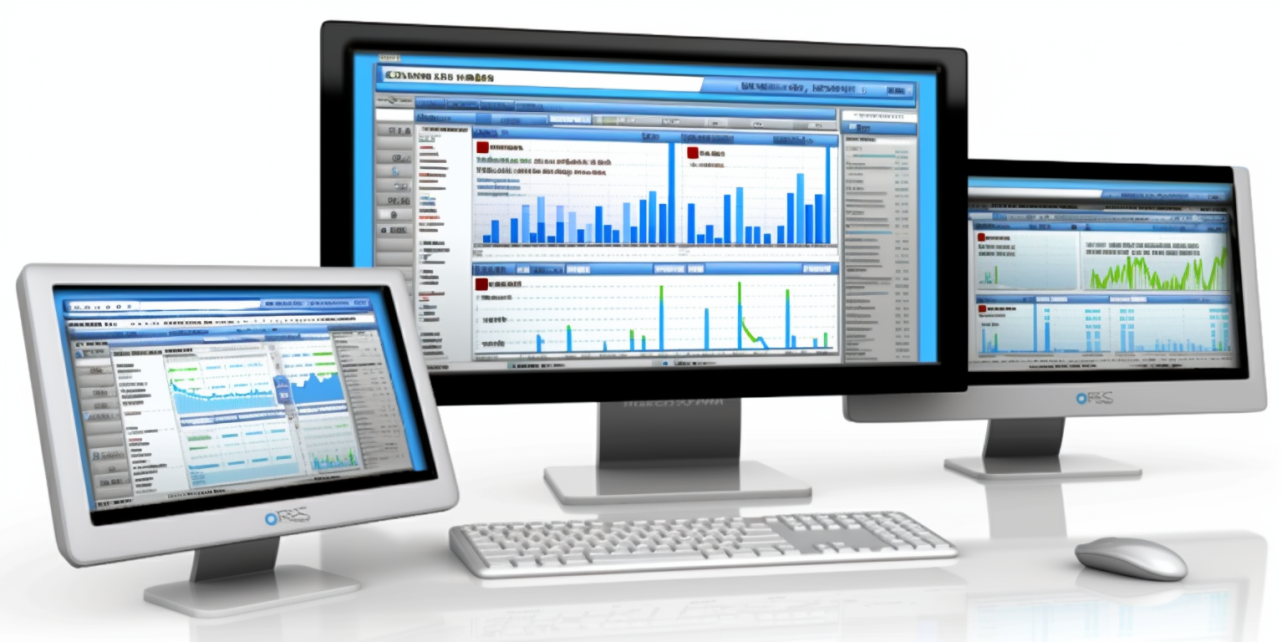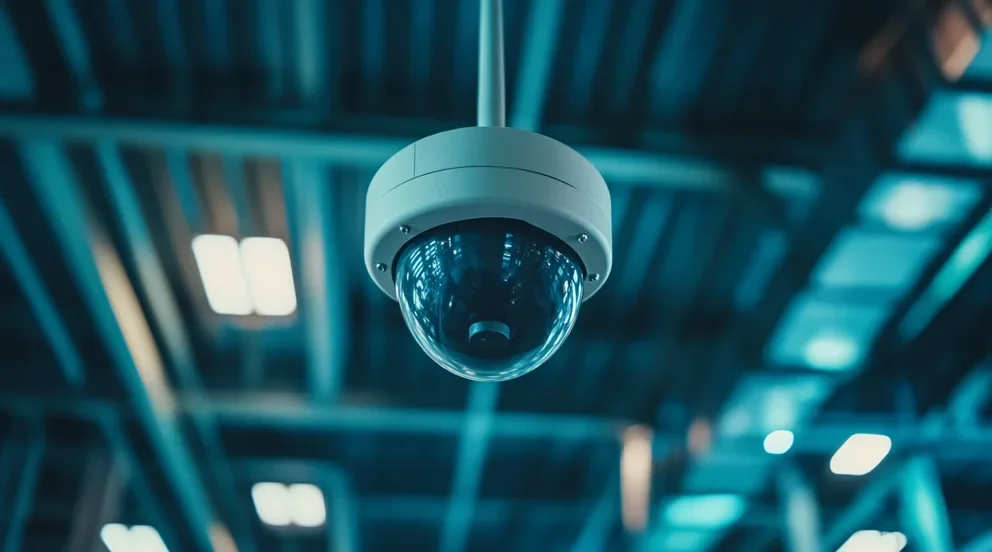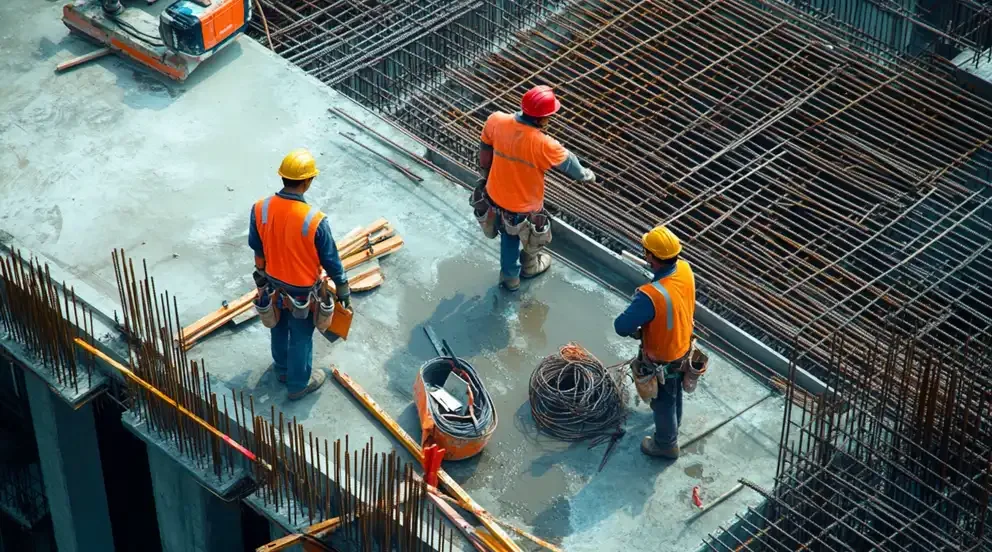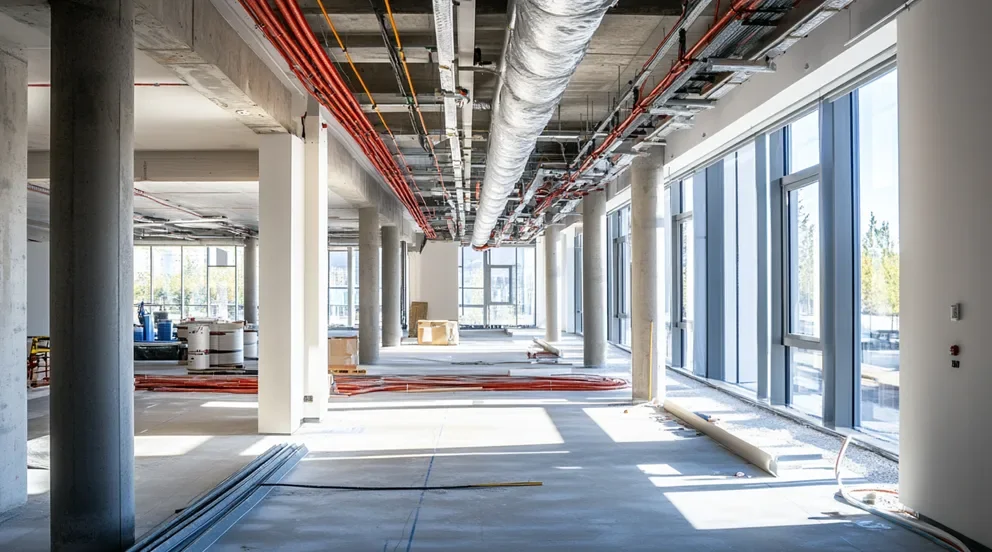Best Practices for Maintaining a CMMS Computerized Maintenance Management System
(CMMS) is an essential tool for effective maintenance management. Ensuring that your CMMS is accurately up to date is vitally important to your organization. To keep your CMMS functioning without any hiccups, here are some best practices to follow:
First, create user accounts for all employees that regularly handle maintenance. Record group access rights and define user roles as necessary. Any changes made to these accounts should be documented in the CMMS.
Second, create comprehensive job plans for each maintenance task. Make sure to include every step of the process. This ensures that all tasks are performed correctly and efficiently.
Third, carry out regular maintenance inspections and document the results. This helps you track the status of the equipment and identify any potential problems.
Fourth, schedule regular preventive maintenance tasks. Doing so ensures that your equipment is functioning correctly.
Fifth, make sure your CMMS is up to date at all times. Keep current inventory and update the system whenever necessary.
By following these best practices, you can be sure that your CMMS is working optimally and effectively. This will ensure the highest levels of safety and reliability for your facility.
Benefits of Implementing a CMMS Computerized Maintenance Management System
A CMMS Computerized Maintenance Management System is an invaluable tool that can make it easier for companies to track and manage maintenance tasks. Implementing this system provides a variety of benefits, such as improved operational efficiency, better asset and equipment management, an enhanced understanding of maintenance costs, and increased transparency between staff and management. It also allows for real-time analytics of maintenance data, improved planning and scheduling, and better communication between departments. All these benefits together will help a company save time and money, while optimizing their maintenance operations.
Critical Role of Maintenance Policies and Procedures
Maintenance policies and procedures are a vital element for any organization. They define the necessary tasks and steps involved in day-to-day maintenance, providing an established way of performing routine tasks. These policies and procedures serve to protect the organization and its staff. They also communicate the expectations and responsibilities of each individual working within the organization, as well as the entire staff as a whole. Furthermore, they ensure that maintenance tasks are completed properly, safely, and efficiently, while minimizing risk and potential losses. Ultimately, they contribute to an organization’s success and overall well-being.
Adopting Metrics and Processes to Monitor CMMS Performance
Adopting metrics and processes to monitor the performance of a CMMS (Computerized Maintenance Management System) is a great way to ensure its optimal functioning. Key performance indicators (KPIs) should be set to measure the output and success rate of tasks. Additionally, checklists should be created to ensure that all necessary steps are taken for each task. Internal and external audits should also be performed regularly to confirm that the system is running smoothly. This will help identify any potential issues, enabling you to take the necessary steps to address them. By adopting these metrics and processes, you’ll ensure that your CMMS is performing optimally and delivering maximum value to your organization.
Train Employees in the Use of the CMMS
To ensure that the CMMS (Computerized Maintenance Management System) operates effectively, it is essential that all employees are properly trained in its use. Training sessions should be organized, highlighting the main features of the system and how to use them in a practical setting. Employees should be provided with user manuals and any other materials that could help them become familiar with the system. On-site demonstrations should also be provided to visualize how to use the system. Employees should also be encouraged to test the system, to help them become confident in its use. This way, you can ensure that all personnel are competent in using the CMMS, contributing to the success of the organization.
Document Best Practices for Using the CMMS
It is important to document best practices for using a CMMS (Computerized Maintenance Management System) to ensure the system runs smoothly and efficiently. Before using the system, create user accounts, job plans, and preventive maintenance tasks. All tasks should be documented and recorded, as should any changes to the user accounts. Additionally, inspections of equipment should be completed at regular intervals, and the system should be kept up-to-date with current information. By following these best practices, an organization can ensure the highest levels of reliability and safety with their system.
Schedule Regular Maintenance Tasks as Part of the CMMS System
Scheduling regular maintenance tasks is an essential part of a Computerized Maintenance Management System (CMMS). This helps ensure that all equipment functions as expected and minimizes the risk of unplanned breakdowns. Preventive maintenance tasks should be set up for a regular basis and properly documented. This also enables an organization to better control costs and improve planning as maintenance tasks can be scheduled in advance. Through regular maintenance, an organization can guarantee the quality of their equipment and safeguard their facility from unexpected issues that can affect productivity.
Monitor Inventory and Update the CMMS Accordingly
To ensure a Computerized Maintenance Management System (CMMS) is running optimally, inventory should be monitored and updated regularly. This ensures the system is up to date with current information. Regular physical checks should be carried out, as well as checks on any parts that need to be replaced or repaired. Any changes that need to be made should be documented in the system accordingly. These checks help to prevent stock pile-up and ensure that equipment is functioning properly. An organization can enjoy increased efficiency and cost savings by monitoring and updating inventory.
Identifying Probable Problems with the Use of the CMMS
Identifying and addressing potential problems with the use of a CMMS (Computerized Maintenance Management System) is an important part of maintenance management. This should include conducting regular inspections of equipment and reporting any problems. Additionally, preventive maintenance tasks are appropriately scheduled, user accounts are created and maintained, and the system is updated regularly. KPIs should also be set to measure the output and success rate. By consistently monitoring the system and its performance, organizations can ensure that their CMMS operates smoothly and efficiently.
Key Takeaways
A CMMS Computerized Maintenance Management System is a powerful tool that can help organizations improve their maintenance operations. Its implementation provides a variety of benefits, such as improved operational efficiency, asset and equipment management, and cost visibility. To achieve optimal performance and derive the most benefit from the system, it is important to undertake certain key maintenance activities. These include creating user accounts and job plans, carrying out regular maintenance inspections, scheduling preventive maintenance tasks, monitoring inventory, setting KPIs, and training all personnel. By doing this, organizations can ensure that their CMMS is functioning at its highest capacity and generating maximum value.



